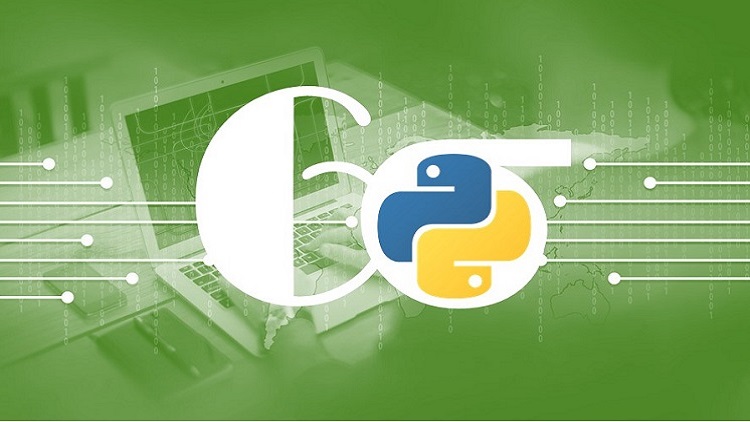I’m sure you have heard of ‘Python’ in the context of Data Science and Analytics. Python is an object oriented high-level programming language with built-in data structures.
If you are already a Certified Green Belt or a Black Belt from ASQ, IASSC or any other certification body, you might be familiar with a variety of Analysis methods using in Lean Six Sigma such as descriptive statistics, hypothesis testing methods, graphical methods such as box plots, control charts, etc.
In traditional Lean Six Sigma Green Belt or Black Belt Training Program, Minitab or JMP would be used for performing various analysis.
These tools are usually menu driven and thus does not require the any programming skills to perform the analysis.
On the other hand, if one looks at the developments happening in Data Science, it is very enticing. The primary goal of data science and analytics is to use data for decision making. Hence there is strong connection between Lean Six Sigma and Data Science.

In Data Science, there are many tools in use but Python and R are very popular. You will be surprised to know that as per KDNuggets, MS Excel still continues to be one of the common tools for analytics. Among them, Python’s popularity and application areas are increasing vastly.
Thus for a Certified Lean Six Sigma Green Belt or Black Belt or an aspirant, the knowledge of how to perform all the Six Sigma analysis in Python will not only be the logical first step towards Data Science, but also a valuable skill addition to CV or resume.
While there are many advanced methods and Algorithms used in Data Science, the foundation for all them is Data pre-processing, Descriptive Statistics, Hypothesis tests which form part of EDA (Exploratory Data Analytics).
Following analysis of Lean Six Sigma can be performed very easily in Python:
- Data Manipulation in Python
- Descriptive Statistics
- Histogram, Distribution Curve, Confidence levels
- Boxplot
- Stem & Leaf Plot
- Scatter Plot
- Heat Map
- Pearson’s Correlation
- Multiple Linear Regression
- ANOVA
- T-tests – 1t, 2t and Paired t
- Proportions Test – 1P, 2P
- Chi-square Test
- SPC (Control Charts – mR, XbarR, XbarS, NP, P, C, U charts)
If you don’t have any programing background, don’t worry, learning to perform the above analysis in Python isn’t very difficult. You will need to understand preliminary and basic coding norms such as data structures, syntax, etc., After that by selecting suitable packages in Python, you will be able to perform necessary analysis.
For example, to plot a box plot following is the code:
sns.boxplot(DF['Data']) #creating boxplot
To run python scripts in local computer, you will need to install Python or Python3 in your computer. Alternately, you can install Jupyter Notebook, an open source application that gives easy interface through which you are run Python scripts.
Another method is to use Google Colab to run the python program. In this case, you will not be required to install any application in your local system.
Don’t worry, it is not difficult at all. As a Lean Six Sigma Green Belt or Black Belt, you will have to make up your mind to learn to perform Six Sigma Analysis using Python, remaining is all easy.
If you are looking for step-by-step instructions, sample codes, practice datasets for perform Six Sigma Analysis in Python, you will find it here.






